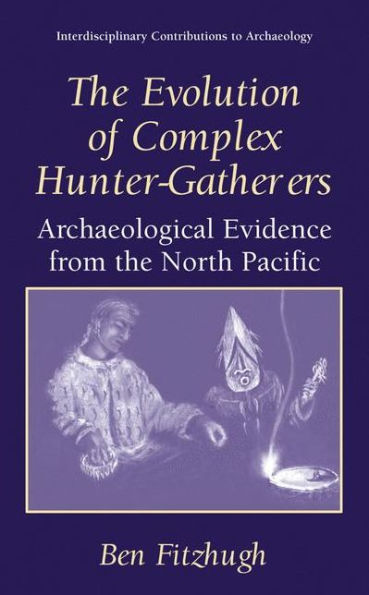5
1

The Evolution of Complex Hunter-Gatherers: Archaeological Evidence from the North Pacific
332
The Evolution of Complex Hunter-Gatherers: Archaeological Evidence from the North Pacific
332
169.99
In Stock

Product Details
| ISBN-13: | 9780306477539 |
|---|---|
| Publisher: | Springer US |
| Publication date: | 07/31/2003 |
| Series: | Interdisciplinary Contributions to Archaeology |
| Edition description: | 2003 |
| Pages: | 332 |
| Product dimensions: | 6.10(w) x 9.25(h) x 0.04(d) |
From the B&N Reads Blog
